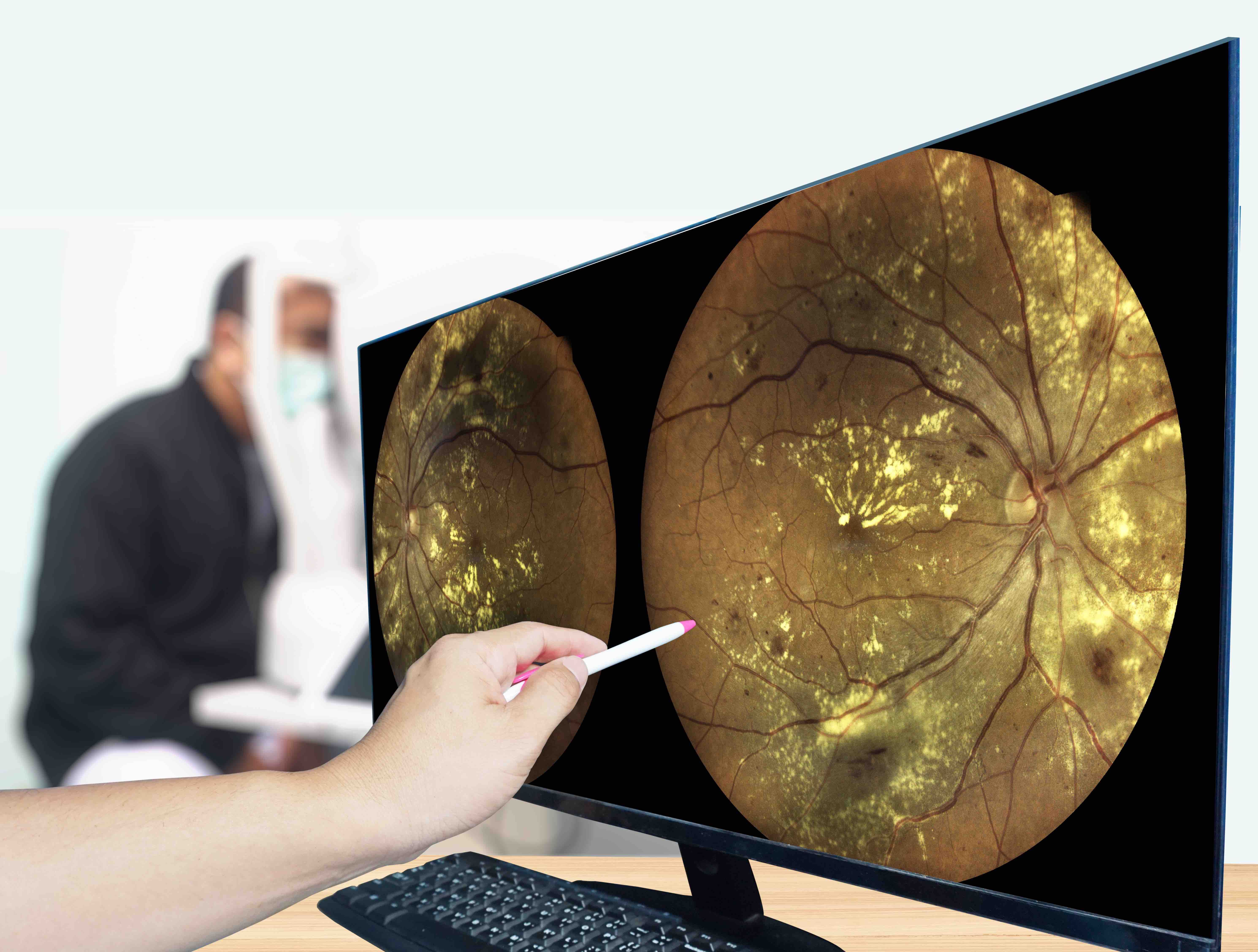Article
CRSwNP Likely Leads to Greater Overall Disease Burden Following Surgery
Author(s):
The goal of this new study was to gain more information on the disease burden, including costs, of patients living with chronic rhinosinusitis with nasal polyps (CRSwNP).
A greater disease burden that included higher rates of health care resource use and overall treatment costs was seen among patients living with chronic rhinosinusitis with nasal polyps (CRSwNP) who had to undergo surgery to treat their condition vs those who did not need surgery, according to new study findings published in OTO Open.
Comorbidities were also more likely to be seen in this patient population, with the study’s researchers noting, “Some patients experience recalcitrant disease. A subset of patients with recalcitrant disease may be inadequately controlled by current therapies; however, investigation of the characteristics and medical and economic burden of patients with CRSwNP is needed to characterize this unmet need.”
Their analysis encompassed patients from Optum Clinformatics Data Mart, a US health insurance claims database, who had at least 1 claim for a CRSwNP diagnosis between January 1, 2008, and March 31, 2019; continuous coverage for at least 180 days before that first claim (the study index date) and 180 days after (the postindex/follow-up period), with the latter lasting until plan disenrollment, death, or the study end date; and an age of at least 18 years.
Of the 119,357-patient cohort, 28% had at least 1 claim for surgery, and of that group, 9.7% had at least 2 claims for surgery. Most patients were male, and CRSwNP prevalence was highest in those aged 45 to 64 and 65 to 74 years; the mean index age was 53 years. The average follow-up period was 3.2 years.
Also among the surgery group, the mean Quan-Charlson comorbidity index (CCI) score consistenly rose from baseline with more total surgeries:
- Baseline: 0.40
- At least 1 surgery: 0.52
- At least 2 surgeries: 0.59
Concurrently with more surgeries, all-cause annual total health care costs continually rose, almost doubling from 0 to at least 1 surgery:
- No surgeries: $10,628
- At least 1 surgery: $20,747
- At least 2 surgeries: $26,969
Comorbidities were also more likely among the study participants. Overall, the 3 most common respiratory comorbidities were asthma, allergic rhinitis, and allergic asthma, in 26.3%, 20.4%, and 12.1%, respectively, and the 3 most common nonrespiratory comorbidities were hypertension, sleep-wake disorders, and depressive disorders in 16.9%, 8.0%, and 5.7%.
Similar trends were seen when comparing outcomes among those with no surgery and at least 1 surgery or 2 surgeries:
- No surgery:
- Respiratory: asthma, 21.8%; allergic rhinitis, 15.1%; and allergic asthma, 9.3%
- Nonrespiratory: hypertension, 15.3%; sleep-wake disorders, 6.5%; and depressive disorders, 5.0%
- At least 1 surgery:
- Respiratory: asthma, 37.8%; allergic rhinitis, 34.0%; and allergic asthma, 19.3%
- Nonrespiratory: hypertension, 21.2%; sleep-wake disorders, 12.0%; and depressive disorders, 7.6%
- At least 2 surgeries:
- Respiratory: asthma, 52.1%; allergic rhinitis, 40.4%; and allergic asthma, 29.9%
- Nonrespiratory: hypertension, 24.6%; sleep-wake disorders, 11.8%; and depressive disorders, 8.1%
Blood eosinophil counts were highest among the patients with no surgery, at 11,649 cells/μmL, and lowest among patients having 2 or more surgeries, at 418 cells/μmL. Most patients overall and in each surgery group had blood eosinophil counts of at least 150 cells/μmL, at 64.8%, 63.9%, 67.0%, and 67.2%.
Oral corticosteroid use was most common among the patients with 2 or more surgeries (15.6%) and least common among these with no surgery (4.4%), and the more surgeries a patient had, the most likely those surgeries were performed in the in-patient setting: no surgery, 21.6%; 1 or more surgeries, 46.4%; 2 or more surgeries, 59.1%.
“These results are consistent with the current understanding of CRSwNP endophenotypes,” the study authors wrote. “In conclusion, we identified a subpopulation of patients with CRSwNP with a high clinical and socioeconomic disease burden.”
Still, they believe a greater understanding of patients with severe disease and its drivers will pave the way to treatment that is more personalized and includes shared decision-making and tailored biologic treatments.
Reference
Benson VS, Germain G, Chan RH, et al. Elucidating the real-world burden of chronic rhinosinusitis with nasal polyps in patients in the USA. OTO Open. Published online October 10, 2022. doi:10.1177/2473974X221128930





